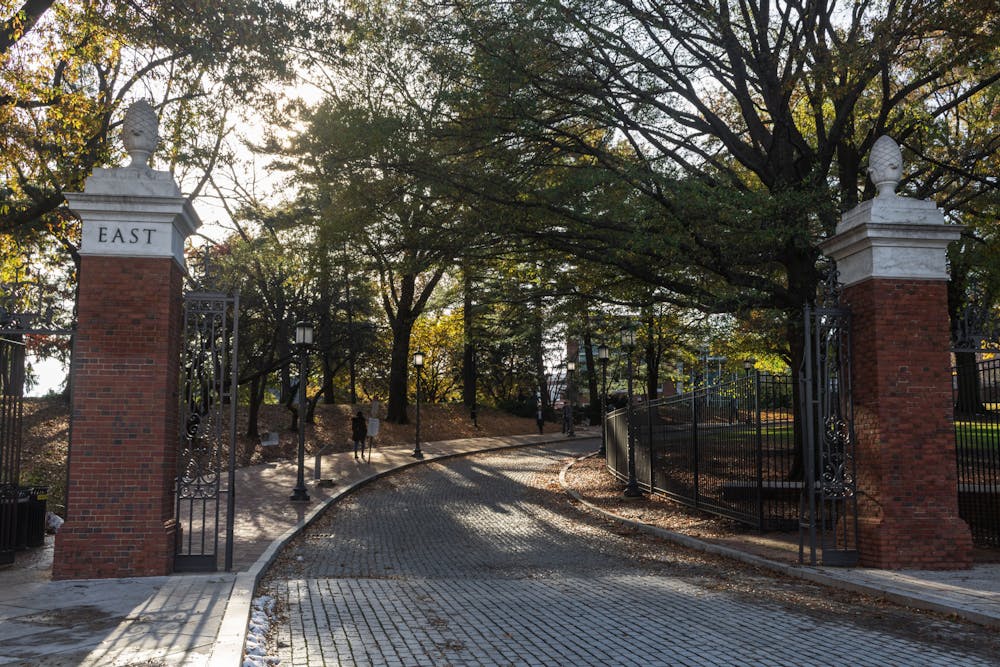The 2020-21 academic year posed unprecedented challenges for students and faculty alike. During the fall semester, all classes and events were completely remote, and, while some students returned to campus in the spring, the majority of classes and activities remained online. The University plans to return to a mostly in-person format of learning and have on-campus living at nearly full capacity in the fall.
The News-Letter asked students and faculty to reflect on the past year and a half.
The challenges of remote learning
Students and faculty members alike agreed that the transition to a fully virtual college experience was far from smooth.
Freshman Sulagna Tripathi, an international student currently living outside of the U.S., complained that class meeting times were especially inconvenient for her this year in an interview with The News-Letter.
“While registering, I tried to make my classes end as early as possible, but I still have classes at 1:30 a.m.,” Tripathi said.
Sophomore Breanna Soldatelli observed that at the outset of the pandemic, professors often struggled with technical issues. She recalled that professors were often overwhelmed by platforms like Zoom, Gradescope and Blackboard, which further added to the confusion of the semester.
Sophomore Bailey Cheetham believes the lack of interaction in online classes made it more difficult to learn.
“It’s just professors lecturing and there’s not much student interaction,” Cheetham said in an interview with The News-Letter. “Even when there is, it’s hard to continue those relationships because with online learning, you just log onto a Zoom [call] for an hour and half and you’re done.”
Freshman Dominique Regli agreed, adding that being on Zoom made it challenging to ask questions.
“In person, I would always be on top of the material that we were learning because whenever I had a question, I would be interjecting and asking in the moment; I was taking ownership of my own education,” Regli said. “I feel like it’s more difficult asking on Zoom. I feel like I have to apologize when asking a question online.”
Grecia Chirinos, a lecturer of Spanish, explained that she struggled to find ways to replace learning that normally occurred through interaction in an interview with The News-Letter.
“At least for a language class, it’s important to be together and talk to each other,” Chirinos said. “I can’t really have my students be as spontaneous as they could be or form a community as strong as it could be.”
For faculty members like Associate Professor of Sociology Michael Levien, working remotely has posed challenges outside of the classroom.
“I’m an ethnographer, which requires interacting with people in real life,” Levien wrote in an email to The News-Letter. “My research has effectively stopped.”
Socializing during a pandemic
Students expressed that they missed day-to-day interactions and other aspects of in-person classes that they took for granted before the pandemic.
Cheetham stated that for her, an important aspect of college life was walking with her classmates.
“You would walk to class with people and walk over to lunch with them after class, and that’s how you would stay with them and talk about something outside of class,” Cheetham said.
Regli expressed similar sentiments, adding that she also missed having conversations with professors outside of class. She noted that not being able to interact with her instructors often made her feel less grounded in the community.
Some students, however, managed to find other ways to interact with their peers. In an interview with The News-Letter, freshman S. Shamtej Singh Rana explained how social media helped him connect with others.
“You’re bound to meet or talk to somebody in some way. For me, a lot of it was on GroupMe last semester, and that’s how I made the friends that I have now,” Rana said.
Looking forward
The University announced in April that on-campus spaces would return to normal density and that classes with fewer than 50 students could be held in person. Students and faculty had mixed reactions to the update.
Chirinos expressed reservations about immediately returning to in-person classes.
“We tend to have classes that are up to 17 students. It would be really hard to teach with that amount of students in a classroom not suited for distancing,” Chirinos said. “At least in a breakout room you could be together, but if you’re socially distanced in a classroom, we don’t get to speak to each other.”
Soldatelli, however, felt that next semester would give her an opportunity to make up for time lost to the pandemic.
“I look forward to getting my college experience back. I miss having dorm parties with my friends and hanging out with them,” Soldatelli said. “I miss going out to get food. I miss having events like Lighting of the Quad and club practices. I just miss the community aspect of Hopkins.”
Levien is similarly hopeful for the return to in-person learning.
“I miss in-person class discussion and office hours,” Levien wrote. “I’m looking forward to — hopefully — no Zoom.”





